"We Want 504!": The Fight for Disability Rights Laws in Washington, D.C.
After an unexpected fall in 1968, Howard University student Brad Lomax found himself sitting across from his doctors receiving difficult news. Their diagnosis: multiple sclerosis. As his symptoms intensified and walking became increasingly difficult, Lomax began using a wheelchair which opened his eyes to new physical barriers that, in addition to the discrimination he faced as a Black man, prevented him from accessing public buildings, transportation, and employment opportunities.[1]
Lomax’s experience reflected the daily reality of disabled individuals who faced many intersecting prejudices as they struggled to access federal, educational, and healthcare programs across the country. Resilient and galvanized, Lomax found empowerment in organizing social movements that combined his identities as a disabled Black man in order to advance civil rights. In 1969 he helped to establish the D.C. chapter of the Black Panther Party, and organized the first African Liberation Day that attracted tens of thousands of demonstrators to the National Mall in 1972.[2] Lomax continued his work as an organizer after relocating to Oakland, California where it was evident that the barriers he faced in the East were upheld just as strongly on the West Coast. But one way or another, activism always seems to lead back to Washington.
In 1973, Congress passed the Rehabilitation Act which prohibited discrimination against disabled citizens. Activists rallied around Section 504 of the Act because it specifically targeted discrimination by any institution or program receiving federal funds.[3] The passage of the Act represented a significant step towards the advancement of civil rights for disabled citizens who were confronted daily with both physical and legal barriers when it came to accessing federal programs.
Once passed in Congress, the Act made its way to the Department of Health, Education, and Welfare (HEW), whose Secretary would sign and implement the regulations nationally. However, private firms contracting with the federal government were concerned that the proposed changes, aimed at redesigning buildings to include ramps and accessible restrooms, would be too costly.[4] Fearful of added expenses, these corporations used their influence to postpone the HEW’s approval of the new regulations.
As it turned out, the delay lasted four years and the disabled community reached their boiling point. By 1977, Joseph Califano was in office as the HEW Secretary and the regulations still remained unsigned. The newly formed American Coalition of Citizens with Disabilities (ACCD) organized disabled activists from across the country to put pressure on leaders in Washington and demand that officials sign Section 504 immediately.[5] Activists recognized the delay was part of a nefarious strategy to create legislative loopholes. As Dr. Frank Bowe, Director of the ACCD, told the Washington Post, “with each day that the 504 regulations go unsigned, there is an increased chance that certain provisions will be watered down.”[6]
As fear and frustration increased, activists set a deadline, telling Secretary Califano and President Carter that if Section 504 was not signed by April 4, 1977, then they could expect to meet protesters at the HEW headquarters in Washington and regional offices across the country the next day.[7] True to their word, when the deadline passed with no movement from the administration, protestors took to the streets.
On April 5, 1977 a diverse group of over 300 activists with different disabilities, ages, races, and socioeconomic backgrounds processed through Washington, arriving at the national HEW headquarters to occupy the office of Secretary Califano.[8] Demonstrations occurred in the middle of busy streets as concrete curbs barred activists using wheelchairs and canes from accessing D.C.’s sidewalks. Reports of at least 75 disabled protesters made their way to the Secretary’s 6th floor suite and occupied the building overnight.[9]
Califano stood above the protestors on an office coffee table and attempted to address the crowd, defending the delay by arguing that “the previous administration took 2 ½ years to produce a complex regulation…I believe it is reasonable for me to take 2 ½ months to examine those regulations so that I may understand them and assess their implications.”[10] Califano’s efforts to provide excuses were ultimately overpowered by the voices of protestors who sang “We Shall Overcome” as they raised their homemade signs that read “Sign 504 Now!”[11]
Similar scenes were unfolding at Federal buildings in major cities across the country –including in San Francisco where Brad Lomax joined protestors in what became a nearly four week occupation of the HEW office there. It was the longest non-violent occupation of a federal building in U.S. history and a major milestone in the push for civil rights. As protest leader Cece Weeks told reporters, “it’s the first really militant thing that disabled people have ever done. We feel like we’re building a real social movement and we want people to listen to us. We have tried negotiations. They do not work. At this point, we are non-negotiable.”[12]
To help sustain the occupation, Lomax harnessed the relationships he built across the Black and disabled communities on both coasts. As the sit-in stretched on, he and fellow organizer Chuck Jackson engaged the Black Panthers to bring meals and supplies to the disabled protesters occupying the HEW building.[13] Activist Corbett O’Toole reflected on their impact stating that, “without the presence of Brad Lomax and Chuck Jackson, the Black Panthers would not have fed the 504 participants occupying the H.E.W. building...without that food, the sit-in would have collapsed.”[14]
Lomax also helped ensure the word got out to the public by using his connections within the Black Panther Party to highlight the parallels between the Section 504 protests and the Civil Rights Movement of the 1960s.[15] At his urging, the Black Panther Intercommunal News Service covered the protests closely and provided a platform for the disabled community to express themselves at a time when other activists found it difficult to consistently engage the mainstream media in covering their demands for Section 504.[16]
Despite the pressure, the Carter administration continued to drag its feet on signing Section 504 into law. Lomax, with his airfare paid by the Black Panther Party, joined a delegation of West Coast demonstrators on a cross country flight to Washington, where they united with D.C. protestors to turn up the heat.
Hoping to engage the mainstream media in covering their movement, the protesters sang outside of the White House and followed the President and other government officials across the city, demonstrating at their churches, cafes, and clubs.[17] Washingtonians like George Reed, a blind D.C. shop owner, turned out in support. As Reed told the Post, “I marched for my civil rights as a black man in the ‘60s...I never thought I'd see this day come when handicapped people would rise up and demand their rights. We've been begging for a long time. Now we're demanding our rights.”[18]
Meanwhile, Lomax and the other delegation members met with Senators, urging them to increase pressure on Califano to sign Section 504 immediately. In an emotional address to Senators Alan Cranston and Harrison Wiliams, Dr. Frank Bowe said “Senator, we are not even second-class citizens, we are third class citizens.”[19]
Finally – almost a month after the protests began – Califano signed Section 504 on April 28, 1977 , officially protecting disabled citizens from discrimination by recipients of federal funds. Activist Kitty Cone reflected on the achievement:
“We had shown ourselves and the country...that we, the most hidden, impoverished, pitied group of people in the nation, were capable of waging a deadly serious struggle that brought about profound social change.”[20]
As the protests and sit-ins came to a close, the Black Panther Intercommunal News Service underscored the connection between the Civil Rights protests of 1960s and the Section 504 push, remarking that the lyrics of “We Shall Overcome” had transformed to “We Have Overcome” which “they sang to the depths of their hearts...It was their unofficial theme song, once a source of hope and inspiration, now transformed to coincide with their tremendous victory, just as their powerful protest will soon transform the face of America.”[21] The 504 sit-ins did indeed transform the landscape of Washington D.C. and cities across the country, forever changing how disabilities were viewed in mainstream society, and paving a way for future legislation.
There was plenty of credit to go around of course, but at least one protester made a point to seek out Brad Lomax amidst the celebration. Once again, the Black Panther Intercommunal News Service captured the scene: "A young Black woman came up to Brad Lomax, a Black Panther Party member victimized by multiple sclerosis, upon his return from Washington, and embracing him in his wheelchair remarked, "Thank you of setting an example for all of us."[22]
To access archival photographs, news reports, and activist speeches from the 504 Sit-In, check out the 18-minute The Power of 504 Documentary created by the Disability Rights Education & Defense Fund.
Footnotes
- ^ Eileen AJ Connelly, “Overlooked No More: Brad Lomax, a Bridge Between Civil Rights Movements,” New York Times, July 8, 2020.
- ^ Connelly, “Overlooked No More: Brad Lomax, a Bridge Between Civil Rights Movements.”
- ^ Kitty Cone, “Short History of the 504 Sit-In,” Disability Rights Education & Defense Fund, April 4, 2013, https://dredf.org/504-sit-in-20th-anniversary/short-history-of-the-504-….
- ^ Joseph D. Whitaker, “Handicapped Gather At HEW to Agitate for Rights Enforcement,” The Washington Post, April 6, 1977.
- ^ Cone, “Short History of the 504 Sit-In.”
- ^ Joseph D. Whitaker, “Handicapped Plan Protest At HEW Offices in 10 Cities,” The Washington Post, March 30, 1977.
- ^ Whitaker, “Handicapped Plan Protest At HEW Offices in 10 Cities.”
- ^ Whitaker, “Handicapped Gather At HEW to Agitate for Rights Enforcement.” The Washington Post, April 6, 1977.
- ^ Whitaker, “Handicapped Gather At HEW to Agitate for Rights Enforcement.”
- ^ Whitaker, “Handicapped Gather At HEW to Agitate for Rights Enforcement.”
- ^ The Power of 504 (Disability Rights Education & Defense Fund, 2013), 13:36-13:53.
- ^ The Power of 504, 6:57-7:12.
- ^ Connelly. “Overlooked No More: Brad Lomax, a Bridge Between Civil Rights Movements.”
- ^ Connelly, “Overlooked No More: Brad Lomax, a Bridge Between Civil Rights Movements.”
- ^ Pugh, “Exploring the Intersection of Black History and Disability Inclusion.”
- ^ Connelly, “Overlooked No More: Brad Lomax, a Bridge Between Civil Rights Movements.”
- ^ Cone, “Short History of the 504 Sit-In.”
- ^ Joseph D. Whitaker, “Handicapped Gather At HEW to Agitate for Rights Enforcement,” The Washington Post, April 6, 1977.
- ^ Kitty Cone, “Short History of the 504 Sit-In.”
- ^ Cone, “Short History of the 504 Sit-In.”
- ^ “Handicapped Win Demands – End H.E.W. Occupation,” The Black Panther Intercommunal News Service, May 7, 1977.
- ^ “Handicapped Win Demands – End H.E.W. Occupation,” The Black Panther Intercommunal News Service, May 7, 1977.



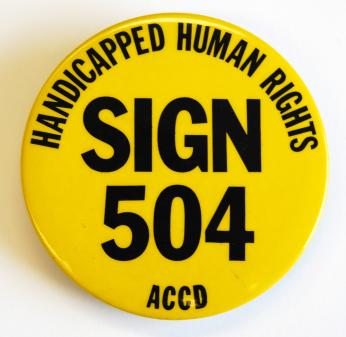
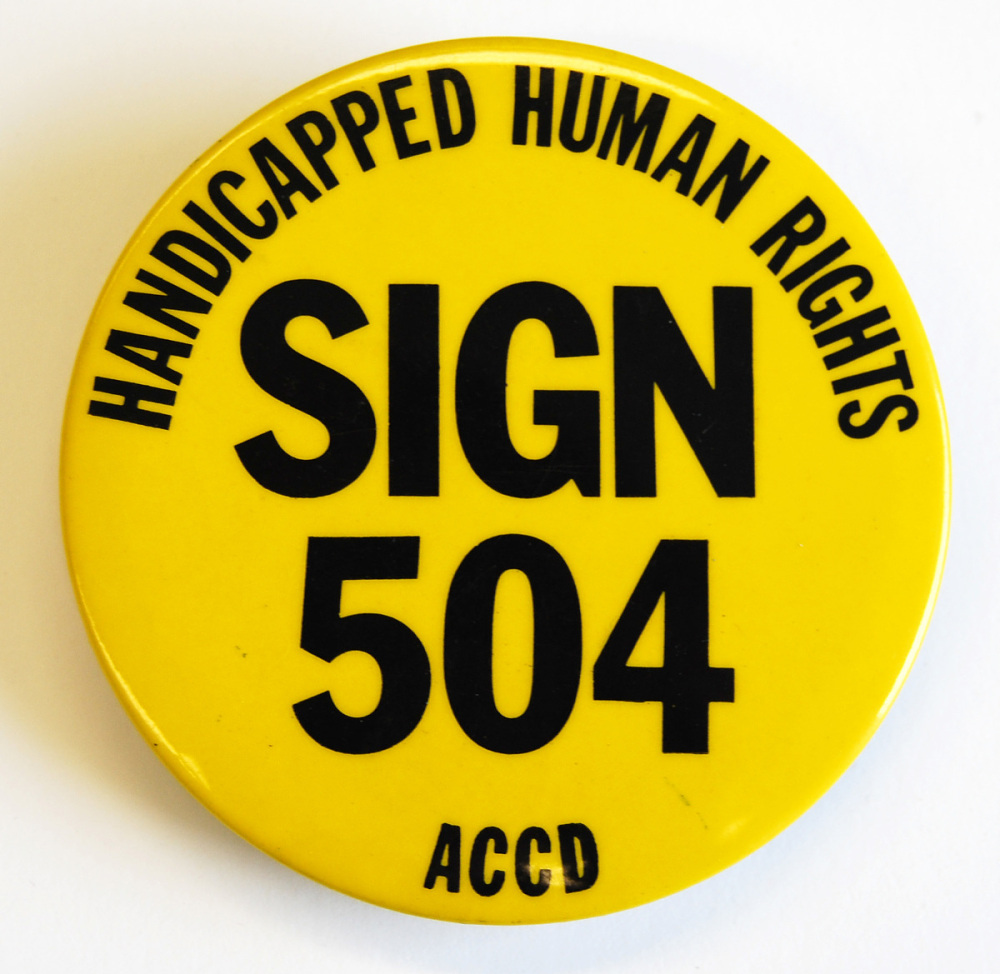
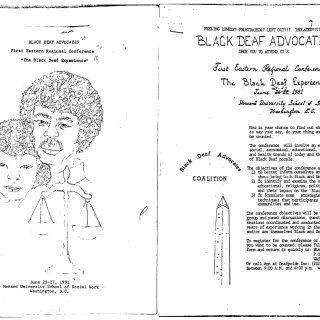
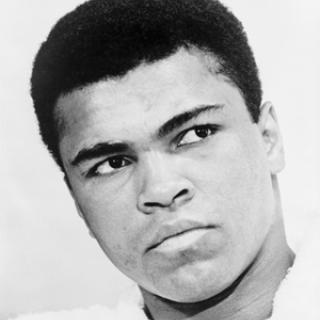
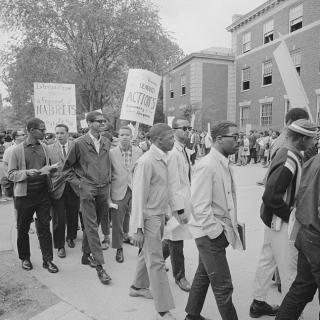
![Sketch of the mythical fuan by Pearson Scott Foresman. [Source: Wikipedia]](/sites/default/files/styles/crop_320x320/public/2023-10/Goatman_Wikipedia_Faun_2_%28PSF%29.png?h=64a074ff&itok=C9Qh-PE1)












